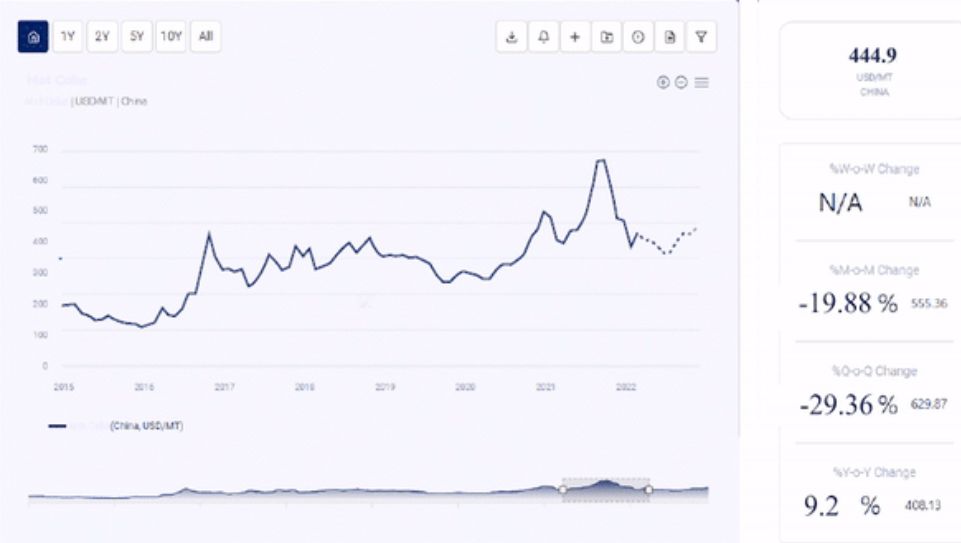
Workplace hazards are potential risks that can cause injury, illness, or even death to employees. As an employer or an employee, it is essential to identify and avoid workplace hazards to maintain a safe and healthy work environment. Hazard identification and avoidance are crucial in reducing the risk of accidents and injuries in the workplace. Access control system maintenance, in that sense, is crucial in preventing unauthorized access to certain areas of the workplace and maintaining a safe and secure environment for employees, among other things. This article will provide an in-depth guide on identifying and avoiding workplace hazards to keep everyone safe.

What are Workplace Hazards?
Workplace hazards can be anything that has the potential to harm or cause injury to employees. These hazards can be physical, chemical, biological, or even psychological. Identifying workplace hazards to prevent accidents, injuries, or illnesses that can lead to workers’ compensation claims, lost productivity, or even lawsuits are essential. Some of the most common workplace hazards include:- Physical Hazards: These hazards are associated with the workplace’s physical environment. They include slips, trips, falls, noise, vibration, radiation, and temperature extremes.
- Chemical Hazards: These hazards are associated with chemicals in the workplace. They include exposure to toxic or flammable gases, liquids, or solids and the improper handling of chemicals.
- Biological Hazards: These hazards are associated with biological agents in the workplace. They include exposure to bacteria, viruses, fungi, or parasites that can cause illness or disease.
- Ergonomic Hazards: These hazards are associated with the physical strain caused by repetitive motions, awkward postures, and heavy lifting.
- Psychological Hazards: These hazards are associated with the work environment and can cause stress, anxiety, or depression.
How to Identify Workplace Hazards?
Conduct Regular Inspections:
Conducting regular inspections is an effective way to identify workplace hazards. Inspections should be performed by trained professionals who can identify potential hazards and recommend eliminating or controlling them. Inspections should be conducted regularly and should cover all areas of the workplace.Review Accident Reports:
Accident reports can provide valuable information on workplace hazards. Analyzing accident reports can help identify work areas where hazards are likely to occur. Reviewing accident reports can also help identify trends and patterns that can be addressed to prevent future accidents.Observe Employee Work Practices:
Observing employee work practices can help identify potential hazards that may have been overlooked. Observations can be conducted by supervisors or managers who are familiar with the work practices and can identify potential hazards.Conduct Job Hazard Analysis:
Conducting job hazard analysis is an effective way to identify potential hazards associated with specific job tasks. Job hazard analysis involves breaking down a job task into individual steps and identifying potential hazards associated with each step. Once hazards are identified, recommendations can be made to eliminate or control their hazards.Consult Safety Data Sheets:
Safety data sheets provide valuable information on chemicals used in the workplace. Safety data sheets should be consulted before using any chemicals in the workplace to identify potential hazards associated with the chemical.How to Avoid Workplace Hazards?
Provide Training:
Providing training to employees is an effective way to avoid workplace hazards. Training should be provided on the proper use of equipment, the proper handling of chemicals, and the proper lifting techniques. Training should also be provided on emergency procedures and the proper use of personal protective equipment.Implement Safety Procedures:
Implementing safety procedures is an effective way to avoid workplace hazards. Safety procedures should be implemented for all tasks that have the potential to cause injury or illness. Safety procedures should be communicated to all employees and should be enforced.Use Personal Protective Equipment:
Personal protective equipment should be used to avoid workplace hazards. It includes gloves, safety glasses, hard hats, and respirators. Personal protective equipment should be used whenever employees are exposed to hazards that cannot be eliminated or controlled in any other way.Keep the Workplace Clean and Organized:
Keeping the workplace clean and organized is an effective way to avoid workplace hazards. Cluttered work areas can lead to slips, trips, and falls, while a messy and disorganized workplace can create hazards that are difficult to identify and control. A clean and organized workplace also helps to promote a safe and healthy lifestyle.Implement Engineering Controls:
Implementing engineering controls is an effective way to avoid workplace hazards. Engineering controls involve modifying the workplace environment to eliminate or control hazards. Examples of engineering controls include:- Installing guardrails.
- Using ventilation systems to control exposure to chemicals.
- Using soundproofing materials to control noise levels.
Monitor Workplace Conditions:
Monitoring workplace conditions is an effective way to avoid workplace hazards. It involves regularly checking the workplace for hazards and taking action to eliminate or control them. Monitoring should be conducted by trained professionals who can identify potential hazards and recommend eliminating or controlling them.Provide Adequate Resources:
Providing adequate resources is an effective way to avoid workplace hazards. Adequate resources include sufficient funding, equipment, and personnel to properly identify and control workplace hazards. Adequate resources also include the time and training necessary to properly identify and control workplace hazards.






